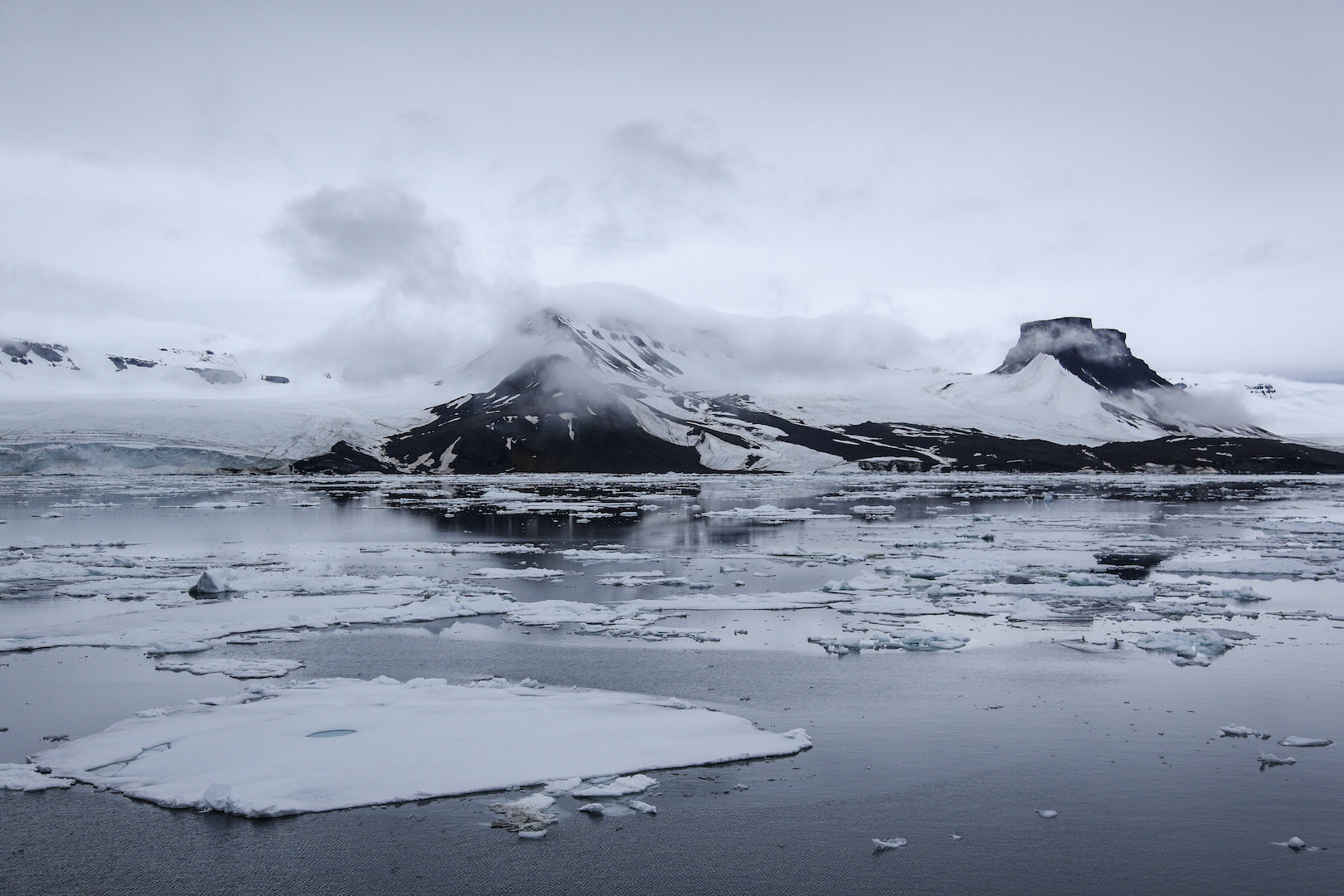Russia Just Found 5 New Islands that Used to Be Covered by Arctic Ice

Credit to Author: Alex Lubben| Date: Wed, 23 Oct 2019 18:38:01 +0000
Russia discovered five new islands in the Arctic Circle, where the country’s been increasing its research and military presence as temperatures warm and ice recedes.
The islands, previously hidden under thick sheets of ice, were spotted by satellites in August and September. So the Russian Northern Fleet launched a monthlong expedition by boat to map them in person, and, on Tuesday, the head of the expedition announced they went on a number of archaeological expeditions on the islands and found artifacts from the 19th century.
“Previously, these were glaciers, but the melting of ice led to the discovery of these islands,” expedition leader Alexander Moiseev said at a press conference, according to Russian state-run news agency Tass.
In addition to charting the new islands, the researchers were retracing the voyage of an 1874 Austro-Hungarian expedition using notes from an explorer, and looking for the body of Georgy Sedov, who died in 1914 trying to get to the North Pole, according to the Northern Fleet.
The new islands are in Russian territory, off the coast of the remote northern Novaya Zemlya archipelago and the even-further-north Franz Josef Land archipelago. They range in size from about 10,000 square feet, roughly the size of 10 average New York City apartments, to about 600,000 square feet, or 10 football fields.
The Russians said they’d discovered some 30 new islands over the course of the last five years in the Arctic.
That makes sense, given that glaciers and sea ice are melting in the Arctic at a faster pace than they ever have before. Sea ice coverage was 19.8% below average in July, a record low. Glacier loss, in particular, proceeded at a record pace between 2015 and 2019, according to last month’s climate report from the UN.
Russia President Vladimir Putin has been pushing forward with securing the Arctic for Russian interests, opening a string of military and research bases in the far north and increasing shipments through the Northern Sea Route, which has become increasingly accessible. But Putin’s not alone: The U.S. and Canada are both jockeying for territory, shipping routes, and new oil and gas fields up there too.
Putin’s also been brushing off environmental concerns associated with opening up the Arctic as an enormous new shipping lane. Last year, he announced that he wants 80 million tons of goods shipped through the Northern Sea by 2024. This year, the country’s on track to ship some 30 million tons worth of stuff through the Arctic.
Among the things that Russia’s already shipped through the Northern Sea: A floating nuclear reactor, which critics have called a “floating Chernobyl.”
The expedition to uncover these islands didn’t go off without a hitch, though. A group of researchers, while taking a landing vessel to shore, were attacked by a rogue walrus last month. Thankfully, the researchers made it to shore without having to harm the walrus.
Cover: 5984302 19.08.2019 The view shows islands of Franz Josef Land archipelago, in Arctic region, Russia. Franz Josef Land is a Russian archipelago located in the Arctic Ocean and constituting the northernmost part of Arkhangelsk Oblast. Pavel Lvov / Sputnik via AP
This article originally appeared on VICE US.